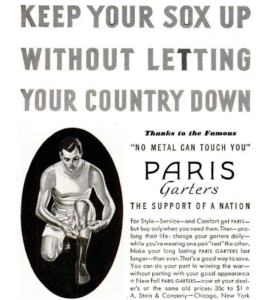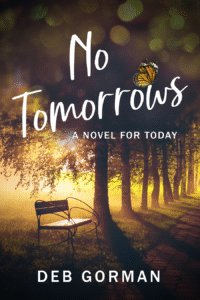When I was a kid, the historical aspect of Six Flags over Texas was an absolute treat. I was a history buff even back in elementary school and absorbed everything I could find about Davy Crockett, Daniel Boone, and of course, local history. By the time seventh grade rolled around and I found myself in the mandatory Texas History class, I’d read everything about the settlers, the Alamo, and Texas independence.
The Six Flags theme park was based on the six nations that have governed the territory of Texas, starting with Spain, France, Mexico, the Republic of Texas, the Confederate States of American and the United states. When it opened in 1961, the six nations of historical influence had their own specific areas that reflected those past cultures.
As the years passed, the park’s theme shifted in focus from historical accuracy to pure family entertainment, though the different regions still remain in place and the architecture and sense of place still remain. Until recently, a few of the original rides remained, particularly the Log Ride and the Runaway Mine train.
It was my favorite ride until I became afflicted by vertigo.
Maybe you remember View-Masters, children’s stereoscopes that were popular in the 1960s. When you were in one of the many Six Flags souvenir shops designed to separate visitors from even more their money, you could buy a set of the discs with photos of the rides.
We were in one of those shops filled with the delicious aroma of leather in the late 60s and I picked up one of the sample viewers on display. After flicking the side lever a couple of times with a forefinger, I came across a photo of my family on the ride a couple of years earlier. Unfortunately, the Old Man wouldn’t buy the set, but I remember how cool it was to know we were “famous.”
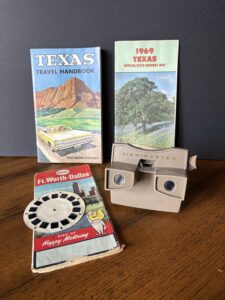
The Runaway Mine train was a small version of the popular giant rollercoaster rides at the fair, but it was an experience on steroids. While big rollercoasters’ pacing was a long, slow ride to the first big drop, the mine train started much faster, and after the initial dive, it became manic.
The turns and drops were incessant, snapping riders back and forth. We barely had time to catch our breath before something else happened. An abrupt twist, drop, sudden neck-snapping elevation to a quick, short, breathtaking plunge until, finally, it leveled off to take passengers through an “abandoned” old west town.
This gave riders a break in order to catch our hearts slow down, dizziness to pass, and to catch our breath. The train cars went through a haunted saloon, complete with cowboy skeletons playing cards and a few leaning against the bar. Humor designed to give the passengers a rest.
Then came an abrupt, steep drop, a bend, another turn, up, down, and finally, the long, slow level track to our starting point. A quick internet search revealed the ride was only one minute and fifty seconds. And for that, we stood in line upwards to two hours.

The ride was all about thrills, and pacing, which brings us (finally) to my topic of the day, pacing, or the speed at which a story unfolds. You, the author, are in control of your reader’s experience, be if fast or slow.
I prefer fast-paced books, but that’s today. Back in the Olden Days–––
When was that, Grandpa?
––– in the 1960s and 70s, when I was reading Robert Ruark (1950s-early 60s releases), K.B. Gildner’s Hurry Sundown (1964), any James Michner (1960s-80s). Those old classics didn’t develop quickly, and readers waded through a hundred pages of setup and backstory before the plot accelerated.
Times and tastes have changed, and today’s authors are in a gunfight for attention due to the enormous volume of releases each month, so we need to advance our pacing. That comes through structural choices such as the length of scenes and sentence structure, and of course, timing.
Many authors begin their novels in the wrong place, as has been discussed at length in forum. Too much setup at the outset can lose readers faster than a toddler will get lost in Walmart.
We can increase pacing through dialogue. Read Elmore Leonard for tutorials on past-paced action scenes and snappy dialogue. Think about it, when you see pages of long, long paragraphs, you mind natural slows you down. With quick dialogue and lots of white space and a page visually less dense, the eye blazes across the written field and soon the reader is absorbed into the exchange that feels as if we’re there in the room with those characters.
This is a perfect time for character development.
The first sentence sets the tone, (that first breath-taking drop on the runaway mine train). Start your story in the middle of the action to hook the reader. Imagine you’re standing in a bookstore and pick up a Michner novel (and I love the guy, so not taking any shots here) and a modern thriller. Micher has a long setup. Today’s authors start with a gunshot, or in the case of a C.J. Box novel, two rednecks and a rocket launcher.
Boom. There it is.
After that, the rhythm and flow pulls us into the narrative. A quick burst of action is followed by narrative, character interaction, and the chapter(s) which establish the storyline. Now we’re on that runaway mine ride.
Another drop, something exciting happens, and our protagonist is thrust into danger, or a dangerous situation. Tension rises, (another expectation of acceleration as the chain rattles beneath the mine train on the lift hill) dialogue brings us backstory and the characters’ motivation. A character arc rises, and readers become engaged in the plot and motivation.
We’re almost to the top of the crest.
If the pace slows too much there, be careful, or you’ll lose your reader engagement.
Another breath-stealing drop. An action-packed scene, and quick-moving plot points create urgency and excitement. This is a great time for humor to give us a rest, not unlike the abovementioned haunted saloon. (Please attempt humor only if you’re good at it).
The story builds again, another rise, (we look forward to see nothing but sky on the next lift hill) and we know another stomach-rising drop is coming soon.
The second act is always a challenge to write, so authors build even more tension here and find reasons to push the protagonist forward. The use of longer, descriptive scenes builds tension (anticipating the next downhill plunge) and more character development leads to an increasingly hair raising emotional impact.
Then, comes the third act and the final build toward the huge acceleration that should be followed by a sharp turn, or twist.
It is there that my own chapters shorten, a trick I learned from my first editor. Short chapters increase the pacing and keeps the reader turning the pages. You wouldn’t believe how many readers tell me they stay up late with my novels, thinking they’ll read just one more chapter and then realize it goes by so fast they want to read just one more.
Then another
Then another.
It’s like eating potato chips, the chapters are quick and satisfying.
Short sentences. Fast dialogue. Action packed scenes. Here there’s no relief! No long smooth track through the ghost town. We’re on the downhill nose-dive, folks, and we need the payoff now!
Then the reward. The final descent. For those of you who like casinos, think the slot machine rattling silver dollars into a metal catch pan designed to amplify the noise. Check the clock. Midnight? Wait! Only two more extremely short chapters!!!??? I can finish it tonight!
Sigh. Close the book. Put it on the nightstand. Click off the light. Ahhhh. Relief and satisfaction.
Here, there be rest.



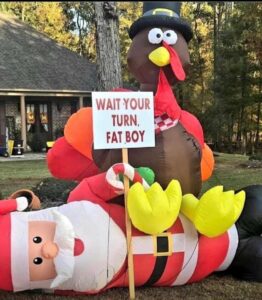


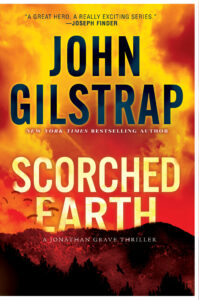 This coming February, when
This coming February, when 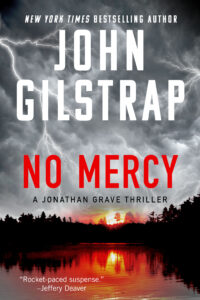 The format change has provided an excuse to re-release all of my Grave series in trade paper format. No Mercy and Hostage Zero will hit the stands at the same time as Scorched Earth. While all the concerns remain, it’ll be nice to see out-of-print titles returning to the shelves.
The format change has provided an excuse to re-release all of my Grave series in trade paper format. No Mercy and Hostage Zero will hit the stands at the same time as Scorched Earth. While all the concerns remain, it’ll be nice to see out-of-print titles returning to the shelves.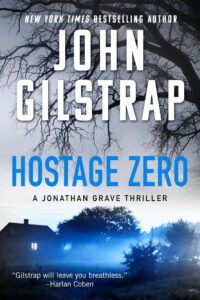 This brings us to the importance of pre-orders. I’m not a “please buy my book” kind of guy. I figure that if you have to beg, something’s wrong. In fact, I don’t even bring books with me to sell when I teach workshops. First and foremost, I’m not set up to be a retailer and have no desire to manage another layer of taxation. But also, I figure if I do my job right, people will be inspired to buy my books from a bookstore, or to borrow them from a library.
This brings us to the importance of pre-orders. I’m not a “please buy my book” kind of guy. I figure that if you have to beg, something’s wrong. In fact, I don’t even bring books with me to sell when I teach workshops. First and foremost, I’m not set up to be a retailer and have no desire to manage another layer of taxation. But also, I figure if I do my job right, people will be inspired to buy my books from a bookstore, or to borrow them from a library.

 What’s your favorite tip?
What’s your favorite tip?